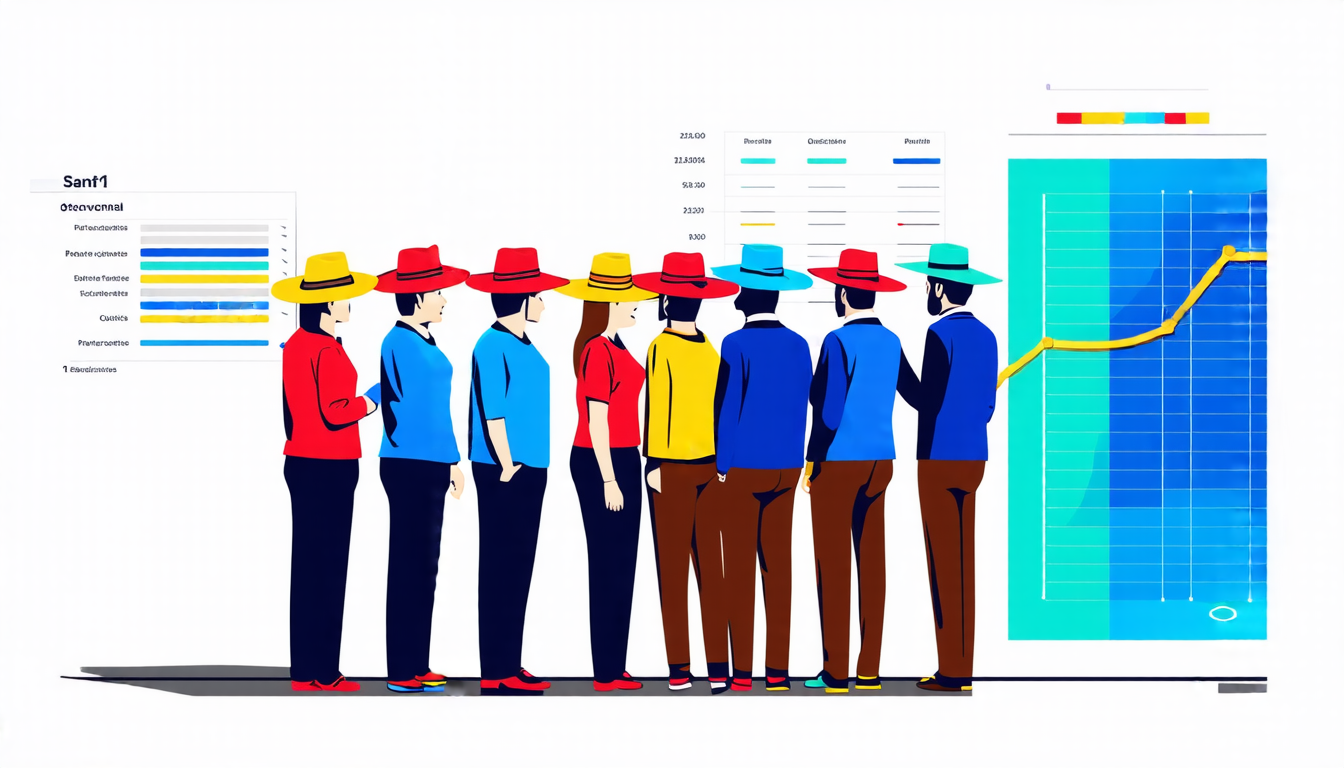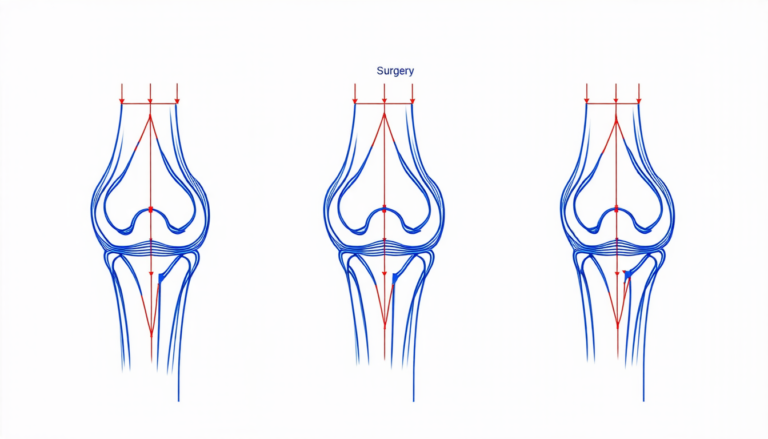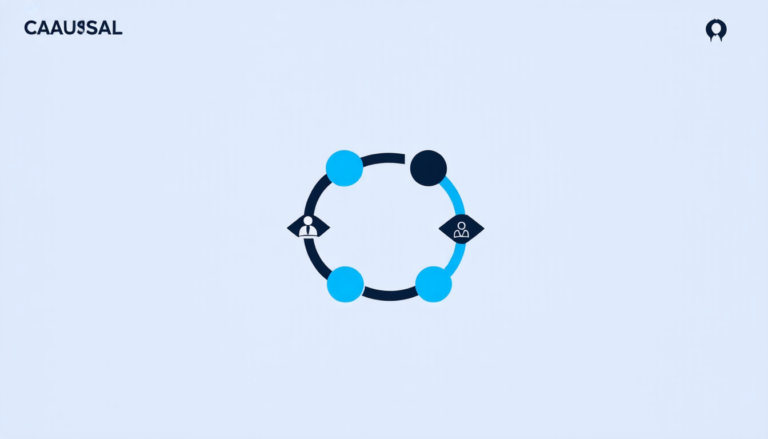Thursday 10 April 2025
The collective wisdom of economists has long been a topic of interest, but just how much value can be gleaned from combining individual forecasts? A new study sheds light on this question, offering insights into the optimal way to combine predictions and potentially improving economic forecasting.
When it comes to predicting economic trends, even the most skilled forecasters are only partially informed. This is because each individual has their own unique perspective, shaped by their experiences, biases and assumptions. The challenge lies in reconciling these disparate views to produce a more accurate overall picture.
One approach is to combine individual forecasts through a process known as ‘forecast combination’. This involves weighting the predictions of multiple forecasters to create a single, aggregated prediction. But what’s the best way to do this?
Researchers have long debated whether simple averages or more complex methods are most effective. The answer lies in the diversity of the forecasters’ views. When individual forecasts are highly correlated, a simple average is sufficient. However, when there is significant disagreement, more advanced techniques are needed.
A recent study has demonstrated that combining forecasts using an ‘equicorrelation model’ can lead to improved accuracy. This approach involves assuming that all forecasters have equal correlations with the true outcome, regardless of their individual views. By weighting each prediction based on its correlation with the others, the equicorrelation model produces a more robust aggregate forecast.
The benefits of this approach were tested using data from the US Survey of Professional Forecasters (SPF), which collects predictions from over 50 economists and financial experts. The results showed that the equicorrelation model outperformed simple averaging in many cases, particularly when there was significant disagreement among forecasters.
But why does this work? The answer lies in the way human biases can be averaged out through the combination process. When individual forecasts are combined, conflicting views can cancel each other out, leading to a more accurate overall prediction. This is because the equicorrelation model assumes that all forecasters have some degree of uncertainty and bias, which are then averaged out through the weighting process.
The implications of this research are significant for economists and policymakers alike. By combining forecasts using an equicorrelation model, they may be able to produce more accurate predictions, which could inform decision-making and policy development.
Moreover, this approach has broader applications beyond economics.
Cite this article: “The Crowds Collective Wisdom: Unraveling the Secrets of Forecast Combination”, The Science Archive, 2025.
Economics, Forecasting, Prediction, Combination, Equicorrelation, Model, Accuracy, Uncertainty, Bias, Decision-Making
Reference: Francis X. Diebold, Aaron Mora, Minchul Shin, “On the Wisdom of Crowds (of Economists)” (2025).







